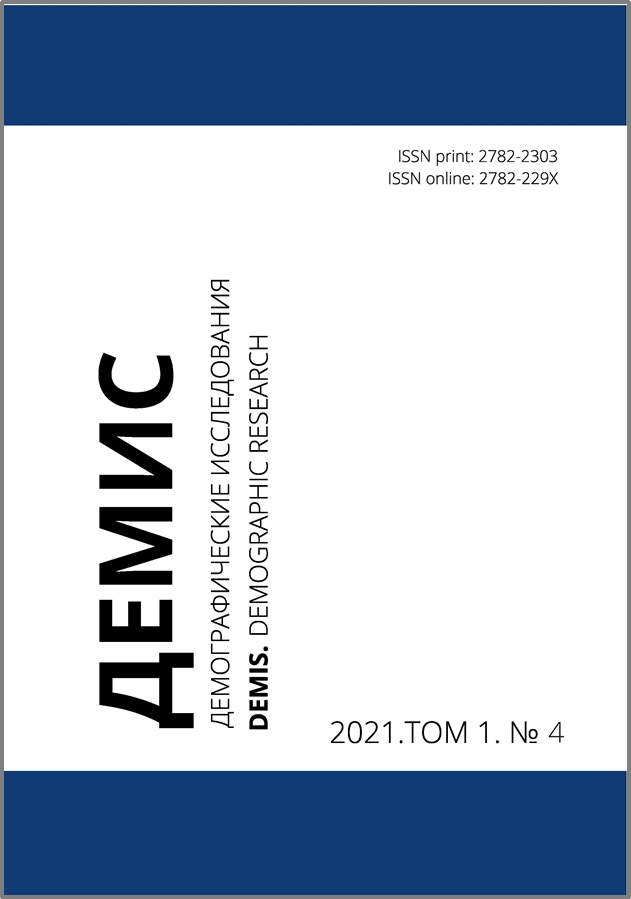Советская переселенческая политика второй половины 1940-х – 1980-х гг.: опыт РСФСР
Научная статья
Аннотация
Литература
2. Воробьева О. Д., Рыбаковский Л. Л., Рыбаковский О. Л. Миграционная политика России: история и современность. – М.: Изд-во «Экон-Информ», 2016. – 192 с. ISBN 978-5-9908695-1-6.
3. Горбачев О. В. Мигранты и Российское государство в ХХ веке: возможности и ограничения // Quaestio Rossica. 2018. Т. 6. № 1. С. 240–248.
4. Елизарова В. О. Аспекты государственной миграционной политики на Камчатке в конце 1920-х – 1930-е гг. в документах Государственного архива Камчатского края // Теория и практика современных гуманитарных и естественных наук. Сборник научных статей ежегодной межрегиональной научно-практической конференции. – Петропавловск-Камчатский, 2016. – С. 94–96.
5. Чернышев К. А., Чернышева Н. В., Бровцин А. В. Переселение жителей Кировской области на Сахалин и Курильские острова в послевоенные годы // Региональные проблемы. 2019. Т. 22. № 3. С. 108–115. DOI: https://doi.org/10.31433/2618-9593-2019-22-3-108-115.
6. Чернышева Н. В. Переселенческая политика и ее реализация в Кировской области в 1945–1967 гг.: источниковедческий анализ // Историческая демография. 2017. № 1 (19). С. 83–86.
Поступила: 10.06.2021
Опубликована: 06.12.2021






